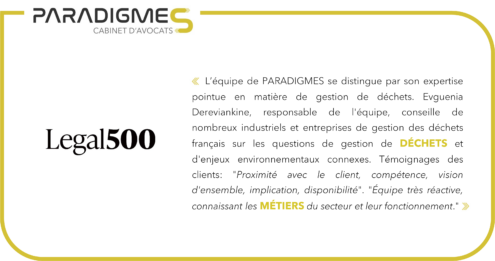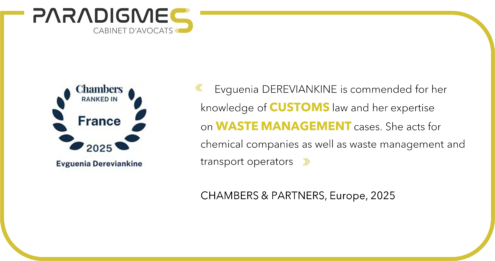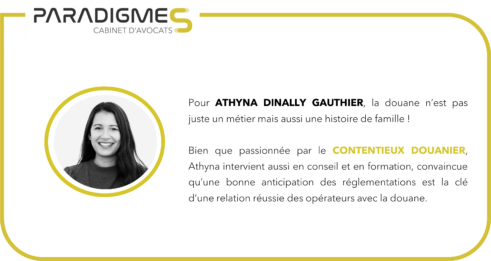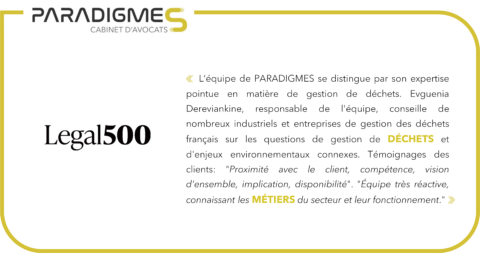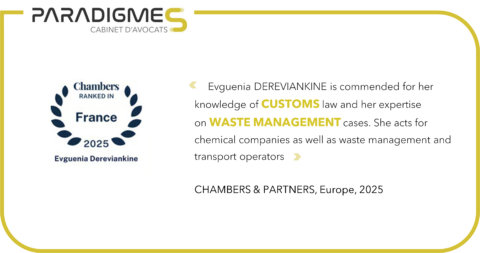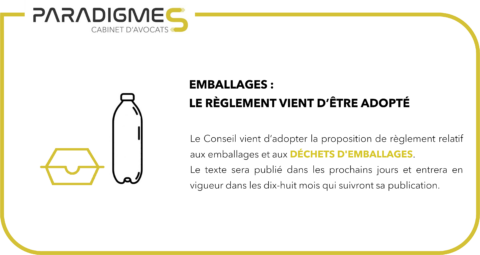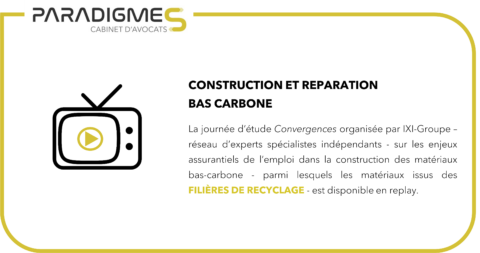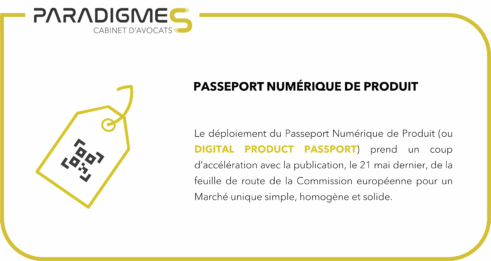
Passeport Numérique de Produit : vers une nouvelle ère d’étiquetage et de traçabilité des produits
Lancé en 2022, le projet de déploiement du Passeport Numérique de Produit ou « PNP » (Digital Product Passport ou « DPP » en anglais) prend un coup d’accélération avec la publication, le 21 mai dernier, de la feuille de route de la Commission européenne pour rendre le marché unique simple, homogène et solide.
Une réponse aux défis réglementaires et environnementaux
Introduit dans la réglementation européenne pour répondre à la problématique de multiplication des réglementations exigeant l’affichage des informations relatives à la composition, à la traçabilité et à la gestion de la fin de vie des produits, le Passeport Numérique de Produit consiste à compiler et à rendre accessibles – au moyen d’une technologie simple d’utilisation (QR code) – les informations utiles :
- aux utilisateurs finaux, leur permettant de faire des choix de consommation éclairés ;
- aux d’autres acteurs de la chaîne de valeur amenés à interagir avec le produit en cause, tels que les fabricants, les mandataires, les importateurs, les distributeurs, les revendeurs, les prestataires de services d’exécution des commandes, les réparateurs, les reconditionneurs, les recycleurs, etc. ;
- ou encore aux administrations chargées de la surveillance et du contrôle du marché, telles que notamment les autorités douanières.
Le Passeport Numérique de Produit fait d’ores et déjà partie intégrante des réglementation suivantes :
- règlement (UE) 2023/1542 relatif aux batteries et aux déchets de batteries (application des dispositions relatives au Passeport à partir du 18 février 2027) ;
- règlement (UE) 2024/1781 établissant un cadre pour la fixation d’exigences en matière d’écoconception pour des produits durables (dispositions relatives au Passeport en attente d’un acte délégué dont l’entrée en vigueur interviendra après le 19 juillet 2025) ;
- règlement (UE) 2024/3110 établissant les règles de commercialisation des produits de construction (texte applicable à partir du 8 janvier 2026 et les dispositions relatives au Passeport sont en attente de précisons par acte délégué) ;
- règlement (UE) 2024/1834 établissant les exigences en matière d’écoconception des ventilateurs (texte applicable à partir du 24 juillet 2026 et une clause de révision prévoit la potentiel introduction du Passeport) ;
- directive (UE) 2024/1799 visant à promouvoir la réparation des biens (texte à transposer au plus tard le 31 juillet 2026 mais le Passeport reste un moyen de transmission d’information optionnel) ;
- règlement (UE) 2025/40 relatif aux emballages et déchets d’emballages (applicable à partir du 12 août 2026 et renvoi au Règlement (UE) 2024/1781 pour l’inclusion des informations relatives à l’emballage dans le Passeport du produit).
Il va prochainement s’étendre à d’autres informations similaires et remplacer à terme tout autre type d’étiquetage, mis à part les consignes de première importance devant demeurer visibles sur l’emballage (consignes sécuritaires, etc.). Le prochain chantier annoncé par la Commission concerne l’introduction du Passeport Numérique de Produit dans l’industrie du textile dans le cadre de sa Stratégie pour le textile durable et circulaire.
Il tend, par ailleurs, à permettre l’harmonisation des normes d’affichage et d’étiquetage, encore pour partie différentes d’un État membre à l’autre, obligeant les metteurs sur le marché à adapter leur produit à chaque marché national.
Une expérimentation concluante
Le projet CIRPASS, lancé en octobre 2022 et clôturé en mars 2024, chargé de structurer le Passeport Numérique de Produit, a jeté les bases conceptuelles du Passeport et identifié les standards, protocoles et modèles de données nécessaires pour en faire un outil interopérable, sécurisé et évolutif.
Son successeur, CIRPASS-2, lancé en mai 2024 pour une durée de trois ans, a pour ambition de tester le fonctionnement du Passeport en environnement industriel réel, à travers 13 projets pilotes couvrant quatre chaînes de valeur :
- Textiles
- Équipements électriques et électroniques
- Pneumatiques
- Matériaux de construction
Le projet s’attelle également à faciliter le déploiement du Passeport pour le rendre accessible aux petites et moyennes entreprises (PME).
Une infrastructure généralisée et interconnectée
L’ambition portée par la Commission européenne est de faire du Passeport Numérique de Produit l’infrastructure numérique commune à toutes les filières industrielles européennes en passant par :
- la standardisation des formats de données lisibles par les machines,
- l’interopérabilité entre secteurs et entre États membres,
- la création d’un écosystème européen des données produits, incluant également la gestion des données non-obligatoires.
Les données du Passeport Numérique de Produits pourront également être croisées avec d’autres sources d’informations disponibles, facilitant leur lisibilité, mais aussi les contrôles de conformité.
À terme, le Passeport Numérique de Produit permettra de relier les réglementations européennes à l’économie numérique mondiale, en assurant la traçabilité et la transparence sur les chaînes de valeur internationales.

